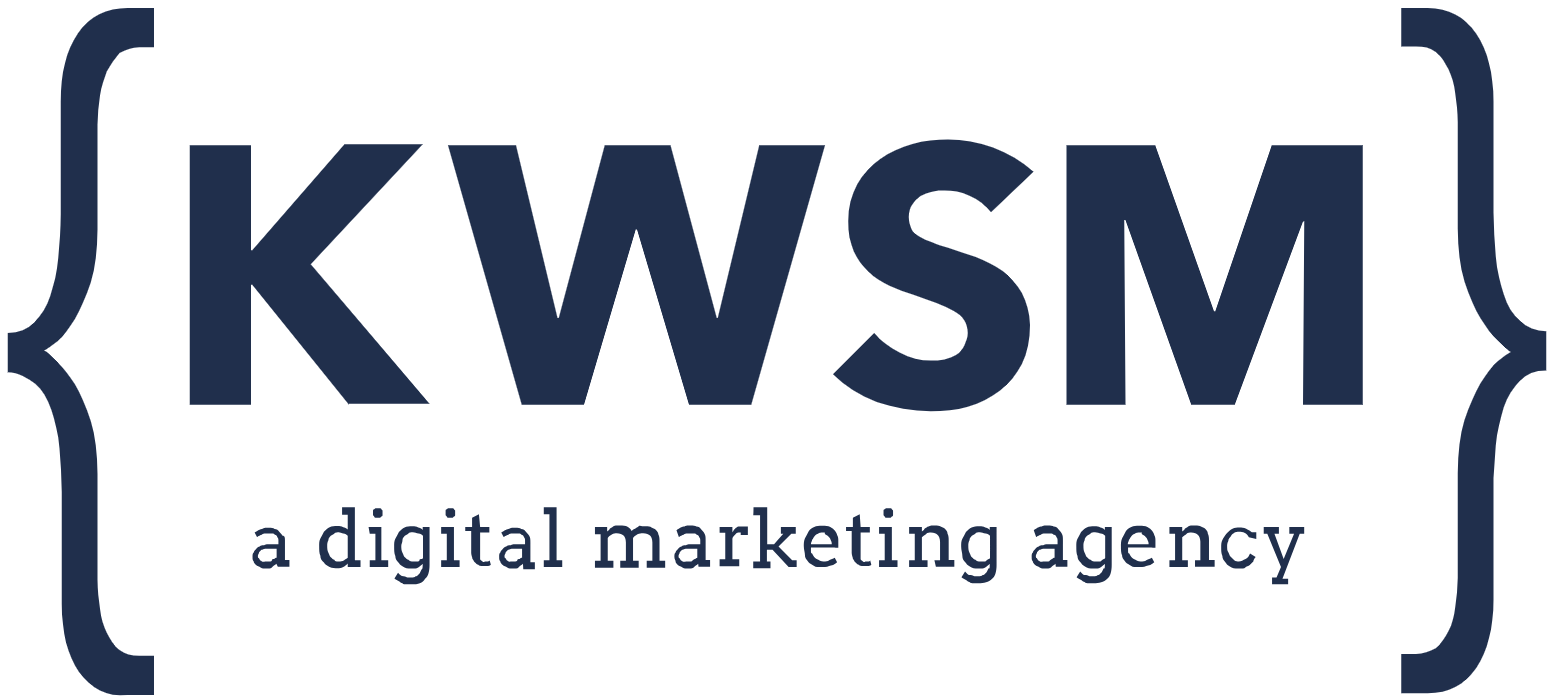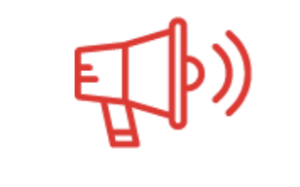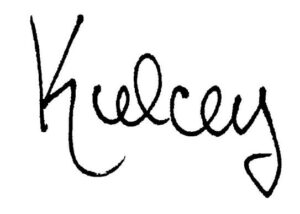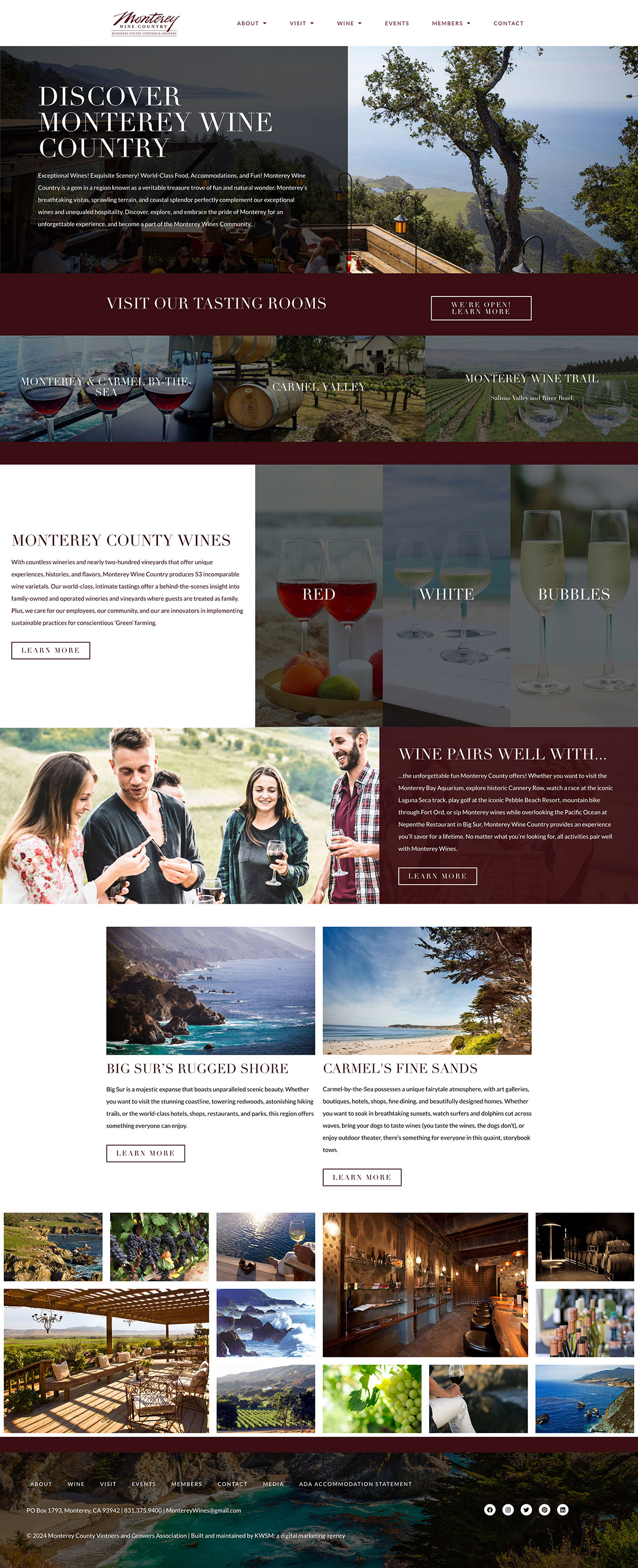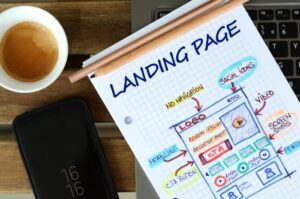
Consistent Branding and Logo
Your logo and branding should always be at the top of your landing page and resemble the style of your website.
Compelling Headline and Subheadline
The headline is the first thing that a visitor will see when landing on your page. This alone can determine whether someone keeps scrolling or leaves. Make sure the headline is compelling and describes what the offer is. The subheadline should be similar to a call-to-action, directing the visitor on what to do.
Simple and Direct Copy
The copy on the landing page should be short and concise. You want to be able to give the visitor all the information they need in as few words as possible. This doesn’t mean to leave anything important out, but you should always be asking, “what value do these words add to the visitor’s experience?” If it doesn’t add value, then lose it!
USP: Unique Selling Proposition
Your landing page news to clearly present a unique and enticing offer to the visitor. Make sure to let them know why this offer is special. Are you offering a service valued at $1000 for free? Is this a limited time offer that will expire this week? Is this for new customers only?
Customer Benefits
Clearly and concisely state the benefits of your offer. Bullet points are an easily digestible way to convey this information.
Imagery or Video
It’s important to include imagery that demonstrates the benefit of your product or related imagery to keep your visitor engaged. Some studies show that having a landing page video can increase conversions by up to 80%.
Credibility
Adding testimonials or social proof to your landing page will help build the credibility of your company and build trust among visitors.
Reinforcing Headline
A reinforcing headline is a second headline about half way down the page that reinforces the goal and call-to-action of the landing page.
Closing Statement
The closing statement is your last chance to make an impact on your visitor. Make every word count and close out with a bang.
Strong Call-to-Action
Your call-to-action should stand out from the rest of the page and be listed twice giving your visitor multiple opportunities to take action.
Lead Capture Form
Make sure your lead capture form asks for all the necessary information needed by your lead without being too cumbersome.
Negative Space
Make use of negative space. Negative space makes for a better user experience because there is not much to distract the visitor from receiving the main message. Negative space also makes a page much easier to read.
Limited Navigation
Navigation can sometimes distract the visitor from the main goal of the landing page. If a visitor navigates to another page on the website then the lead may be lost.
Mobile Friendly
As of the first quarter of 2021, 47.07 percent of web traffic in the United States originated from mobile devices. For this reason it’s important to ensure that your landing page provides a positive experience for mobile users to encourage conversions.
Across industries, the average landing page conversion rate was 2.35%, yet the top 25% are converting at 5.31% or higher.
Do you need help creating your landing page for a campaign? CLICK HERE for a complimentary 30-minute digital marketing audit.
